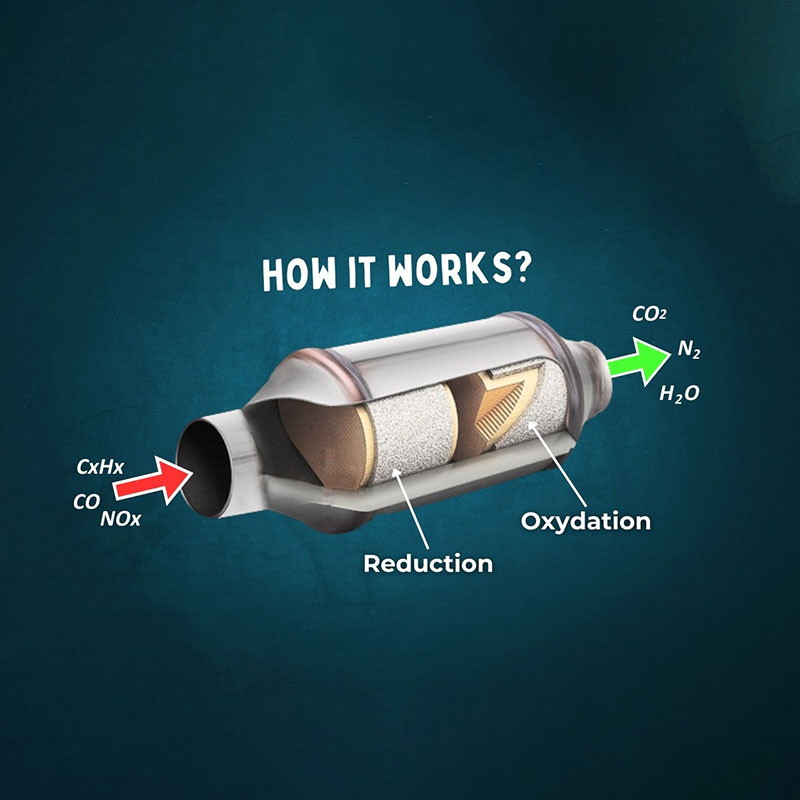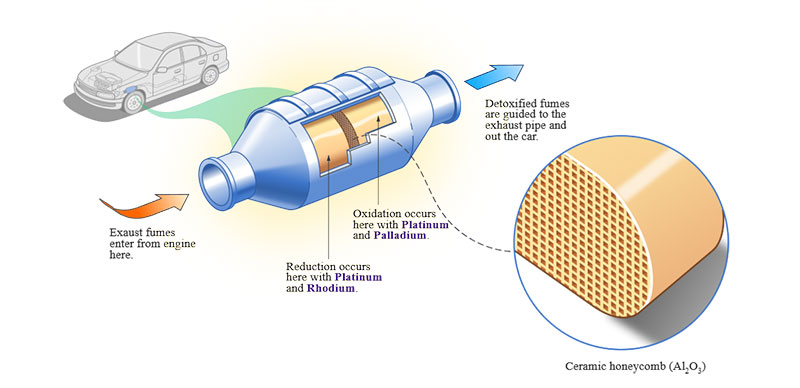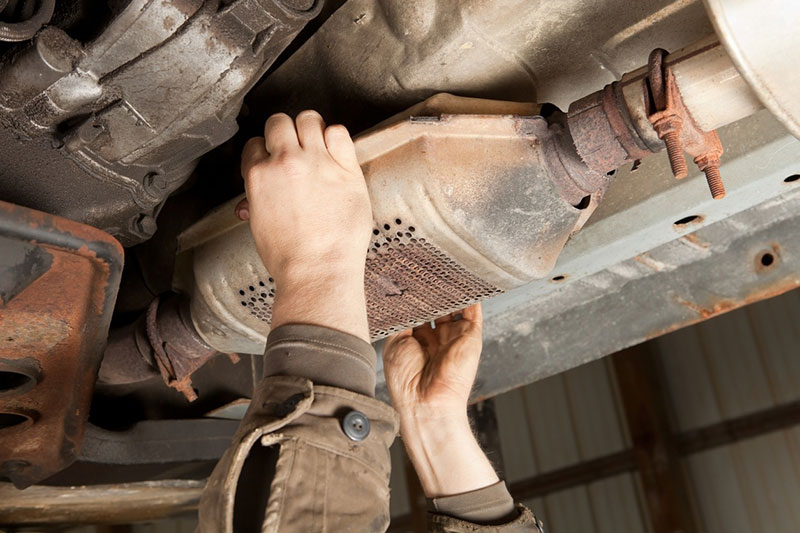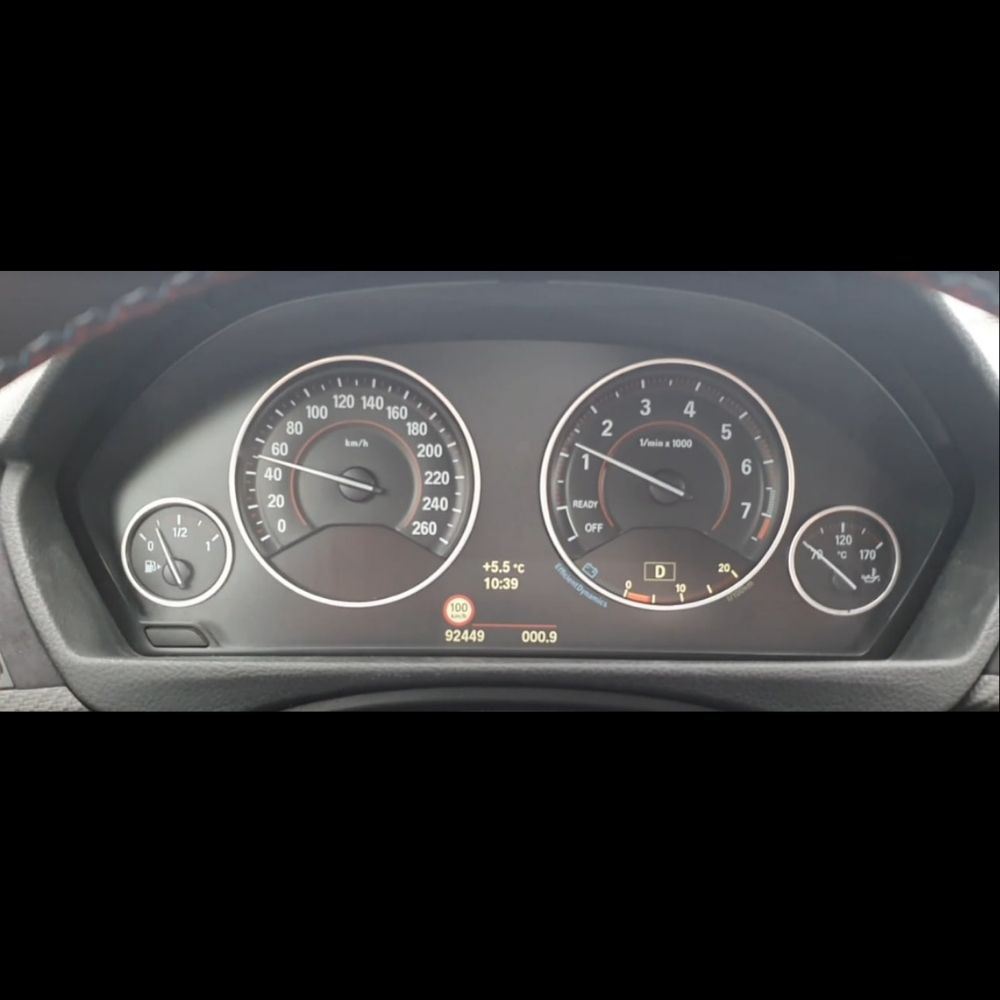

Catalyst System in Cars: How It Works and Why It’s Important
Contents
- What is a Catalyst System and How Does it Work?
- Common Catalyst System Problems
- Diagnosing Catalyst System Issues
- Catalyst System Repair and Replacement
- Maintaining Your Catalyst System
- Why is the Catalyst System Important?
- What are the symptoms of a bad catalytic converter?
- How much does it cost to replace a catalytic converter?
- Conclusion
- FAQs
The Catalyst System, often referred to as the catalytic converter, is a crucial component of your vehicle’s emission control system. It plays a vital role in reducing harmful pollutants released into the atmosphere. This article will delve into the intricacies of the catalyst system, explaining its function, common problems, diagnostic techniques, and repair options.
What is a Catalyst System and How Does it Work?
The catalyst system is a device incorporated into your vehicle’s exhaust system, typically located between the engine and the muffler. Its primary function is to convert harmful pollutants in exhaust gases into less harmful substances before they exit the tailpipe. This conversion process relies on chemical reactions facilitated by precious metals like platinum, palladium, and rhodium coated on a ceramic honeycomb structure inside the converter. These metals act as catalysts, speeding up the chemical reactions without being consumed themselves. The catalyst system effectively reduces emissions of hydrocarbons (HC), carbon monoxide (CO), and nitrogen oxides (NOx).

Common Catalyst System Problems
Several issues can affect the catalyst system, impacting its performance and efficiency. These include:
- Catalyst poisoning: Contaminants in the fuel or engine oil, such as lead, sulfur, or phosphorus, can coat the catalyst material, rendering it ineffective.
- Clogging: Excessive buildup of carbon deposits or debris can restrict exhaust flow through the converter, leading to backpressure and reduced engine performance.
- Melting: Extremely high exhaust temperatures, often caused by engine misfires or a malfunctioning oxygen sensor, can melt the catalyst’s ceramic honeycomb structure.
- Physical damage: Impacts from road debris or accidents can crack or damage the converter’s housing.

=> You can refer to error code P0420 in Audi, which is related to a catalyst system error.
Diagnosing Catalyst System Issues
Identifying problems with the catalyst system requires a multi-pronged approach. Here are some common diagnostic techniques:
- Visual inspection: Look for signs of physical damage, such as cracks, dents, or discoloration.
- Exhaust backpressure test: This test measures the pressure in the exhaust system, helping identify restrictions caused by a clogged converter.
- Oxygen sensor readings: Analyzing the signals from the upstream and downstream oxygen sensors can provide valuable insights into the converter’s efficiency.
- Diagnostic trouble codes (DTCs): A scan tool can retrieve DTCs related to the catalyst system, providing clues about the specific problem.
Catalyst System Repair and Replacement
Depending on the nature and extent of the damage, catalyst system repair options may include:
- Cleaning: In some cases, a clogged converter can be cleaned using specialized cleaning solutions.
- Replacement: If the converter is damaged beyond repair, replacement is the only viable option. Choose a high-quality replacement converter that meets or exceeds OEM specifications.
Maintaining Your Catalyst System
Proper maintenance can significantly extend the life of your catalyst system. Here are some preventative measures:
- Use high-quality fuel: Avoid using fuel containing lead or other contaminants.
- Address engine misfires promptly: Misfires can lead to excessively high exhaust temperatures, damaging the converter.
- Regularly inspect the exhaust system: Look for leaks, cracks, or other signs of damage.
Why is the Catalyst System Important?
The catalyst system plays a critical role in protecting the environment by reducing harmful emissions that contribute to air pollution and climate change. A properly functioning catalyst system is essential for meeting emissions regulations and ensuring cleaner air for everyone.
What are the symptoms of a bad catalytic converter?
Common symptoms include a decrease in fuel economy, a sulfur-like smell from the exhaust, and a rattling noise from under the vehicle. The check engine light may also illuminate.
How much does it cost to replace a catalytic converter?
The cost of replacing a catalytic converter can vary depending on the vehicle make and model, but it typically ranges from a few hundred to over a thousand dollars.
Conclusion
The catalyst system is an integral part of your vehicle’s emission control system, playing a vital role in reducing harmful pollutants. By understanding its function, common problems, and maintenance requirements, you can ensure its optimal performance and contribute to a cleaner environment. Regular maintenance and prompt attention to any issues can significantly extend the life of your catalyst system and keep your vehicle running smoothly.
FAQs
- How long does a catalyst system typically last? A catalyst system can last for 100,000 miles or more with proper maintenance.
- Can I drive my car with a bad catalyst system? While you might be able to drive for a short period, a malfunctioning catalyst system can lead to further engine damage and increased emissions.
- Are aftermarket catalyst systems as good as OEM converters? While some aftermarket converters can be effective, it’s generally recommended to choose an OEM or high-quality aftermarket converter for optimal performance and longevity.
- How can I prevent catalyst system problems? Regular maintenance, using high-quality fuel, and addressing engine problems promptly can help prevent catalyst system issues.
- Can a failing catalyst system affect my car’s performance? Yes, a failing catalyst system can cause decreased fuel economy, reduced engine power, and even stalling.
- Is there a way to clean a clogged catalyst system? Some specialized cleaning solutions can be used to clean a clogged converter, but they are not always effective.
- What should I do if my check engine light comes on related to the catalyst system? Take your vehicle to a qualified mechanic for a proper diagnosis and repair.
Need more help? Explore other related articles on our website or contact us directly. We offer 24/7 support via Whatsapp: +1(936)2896695, email [email protected] or visit us at 4590 Angus Road, New York, United States.


How to turn on BMW Cornering Lights?

BMW angel eyes brightness coding: How to Adjust

How to Activate BMW Speed Limit Information (SLI) on the F-Series





